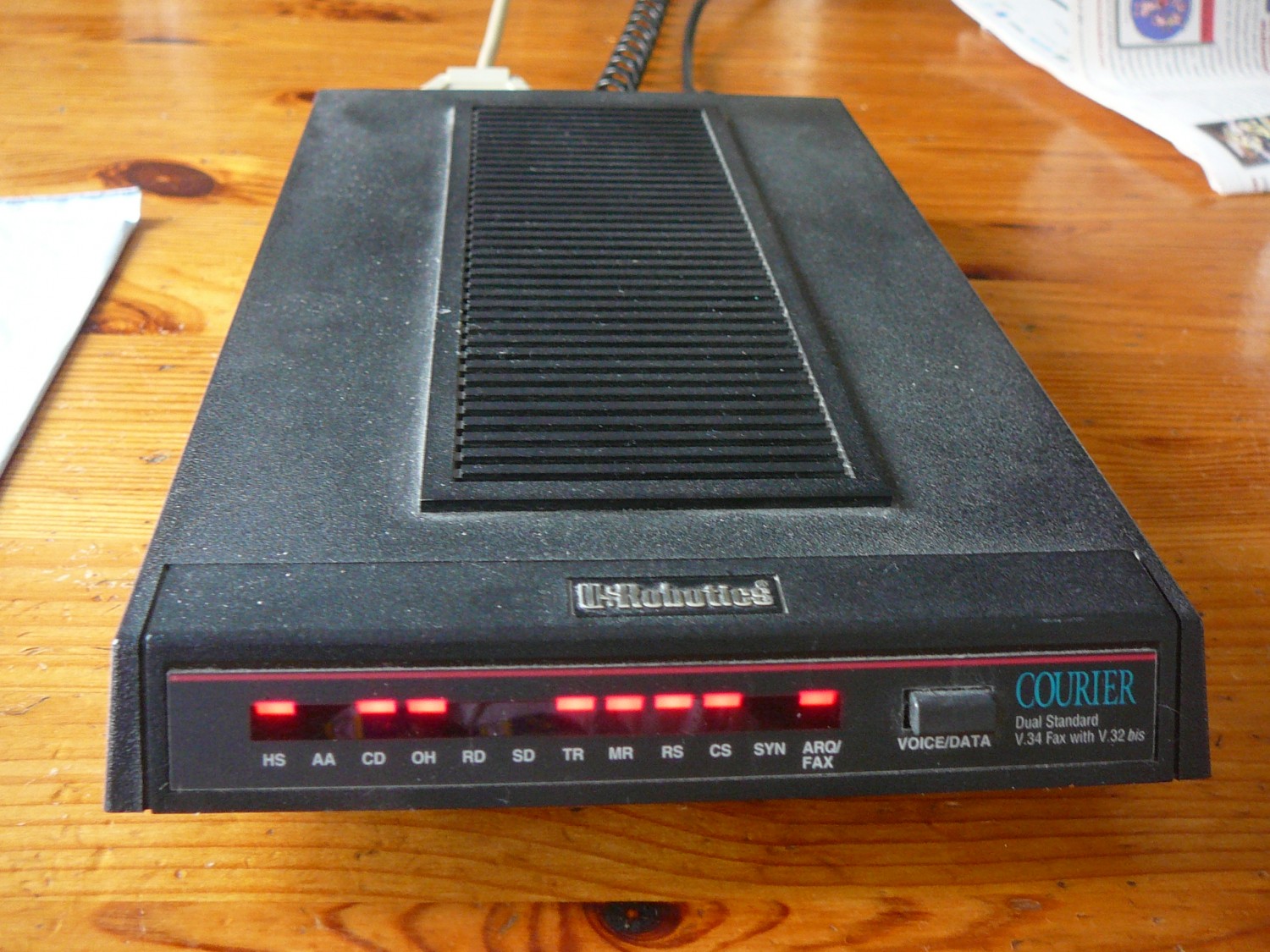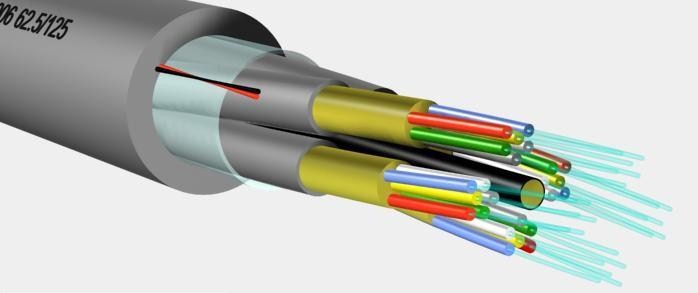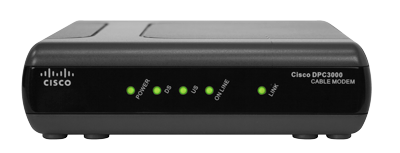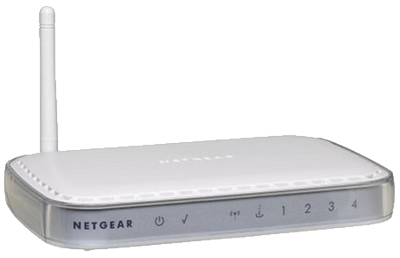The Evolution of High Speed Internet
The Internet has become an important part of many people’s lives. In fact, so many of us have become so accustomed to high speed Internet connections that we often forget the days of struggling to get a solid 14.4 kbps connection over our telephone lines. And for younger people, those days never existed. They always had access to DSL, cable, and satellite as well as mobile devices that are even faster and more capable than entire computers were decades ago.
How has the Internet connection we have come to depend on evolved over the years?
 (wikimedia.org)
(wikimedia.org)
Internet Before the 1980s
An “ancient” technology existed prior to the 1980s that would become the basis for worldwide data communication. Before packet switching, data was conveyed using a traditional telephone circuit that required a dedicated electronic connection between two locations. The dedicated line would be temporarily crated using shorter intermediary lines that formed a physical chain from one station to the other.
Packet switching allowed data to be collected and transmitted as packets over a network as soon as a link was idle. This allowed links to be shared and made it possible to route different packets to different locations. This new technology played a role in the creation of ARPANET, or the Advanced Research Projects Agency Network. APRANET was introduced in 1969 as the first operational packet switching network in the world. It is also the progenitor of today’s worldwide Internet.
Internet in the 1980s
Computer scientists met in the early 80s to discuss the expansion of ARPANET. Dave Farber and a team of colleagues at the University of Delaware began working on an economical network that would use dial-up phone lines instead of satellite and radio. Their efforts created the CSNET system which allowed the Internet to reach countries all over the world including the United States, France, Germany, Finland, Korea, Sweden, Israel, the United Kingdom, and Australia.
By 1983, ARPANET was split to create a separate MILNET for national defense and military use. As the number of users began to rapidly grow, a new domain name system was implemented that introduced .com, .mil, .gov, .edu, .net and .org. The Apple Macintosh was launched in 1984 and the first domain name was registered in 1985. Businesses were offered TCP/IP network services by 1989. The groundwork was being laid for the Internet boom that would soon follow.
 (wikimedia.org)
(wikimedia.org)
Internet in the 1990s
It was clear that the Internet was going to be a big deal by the 1990s. This is the decade that many well-known business people and companies were preparing to make it big. Jeff Bezos created a business plan for Amazon.com, Bill Gates wrote his famous The Coming Internet Tidal Wave memo, and Sergey Brin and Larry Page founded Google Inc. This is also when services like eBay, Yahoo, and the Internet Explorer browser were introduced.
While things were really ramping up, the connections were still not anywhere near as good as they are today. Households had to use a phone line for slow dial-up Internet service. The phone line could not be used for voice calls while connected for data transmission. Data compression was utilized to boost speeds but there were still many variables that could slow down the connection including phone line condition and type of data sent.
Internet in 2000 and Beyond
Internet connections continued to improve as we entered the 2000s. While many technologies already existed, they were streamlined and made more readily available to more people all over the world. Broadband services like cable Internet became far more popular. Cable utilized the cable television infrastructure while services like DSL (Digital Subscriber Line) used existing telephone lines without the annoying limitations of dial-up. Satellite Internet was another option that used communications satellites to provide high-speed access.
These services are still available in most areas, along with fiber optic Internet access. This technology transmits data through an optical fiber in the form of light pulses. Fiber optic technology has become more popular for household use although cable is still preferred by those who are in urban areas where it is widely available. Other popular Internet technologies include mobile Internet which connects using a cell phone but comes at a higher cost.
 (pc.net)
(pc.net)
 (pc.net)
(pc.net)











